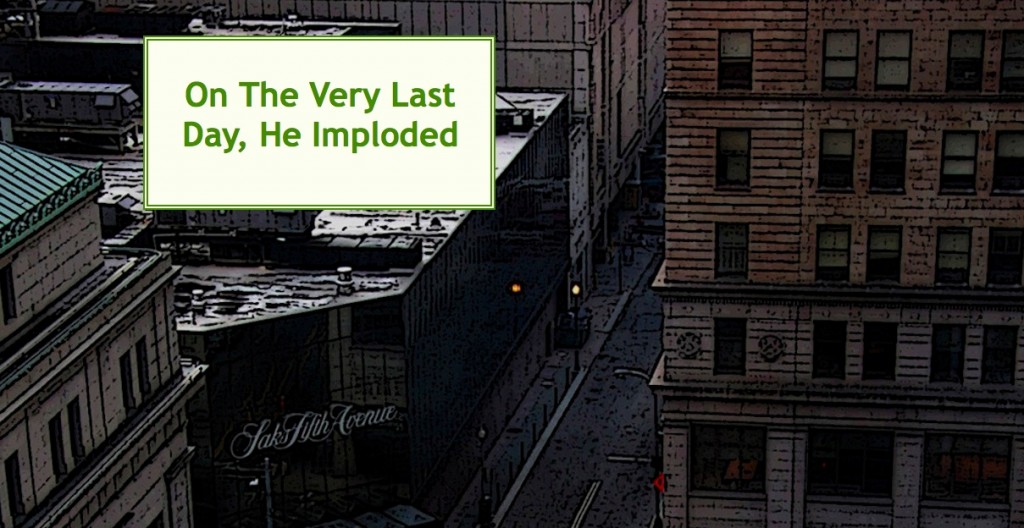HYPERTEXT: The ELO Directory
I first became aware of the Electronic Literature Organization either in a Contemporary Literature class or New Media and have visited it now and then, mostly to find some new pieces along with the classics. There hadn’t been a lot of new input added in the resources or the literary works in the last few years but that seems to have changed lately, with a more concerted effort to find and add new work to the ELO Directory.
Scene II: I’ve got a hundred hypertext pieces on my hands from last summer’s 100 Days Project and while the whole thing was a learning process and some still would benefit from some editing, I would like to have them read. That is, after all, the reason we writers write. I’d considered publishing the body of work as a whole, either on an updated, dedicated site or on DVD and for the past years, I’ve submitted a few of them that I thought were particularly good whether for story or form, reworked with images or presentation but had little success. It’s a hard sell, despite the fact that most literary journals are online these days and if ever the time is right for hypertext, it’s now. Hypertext demands a reader’s attention; not all editors trust their readers I guess.
Scene III: I realized today that this body of work has been reviewed and listed at the ELO Directory and this just made the whole project and the work and time involved more than a creative exercise and hypertext learning process. I am positively thrilled, knowing that there is a permanent spot for my work on the ELO bookshelf and that the stories have a good chance at being read over the years by new media enthusiasts.
Another of my pieces, Blueberries which was published by The New River Review, is at the Directory and I’m in the company of some great talent and great friends like Steve Ersinghaus, Diane Greco, Alan Bigelow, Dorothee Lang and of course, the writers I studied, Montfort, Joyce, Moulthrop, Jackson and more. I’m honored and just plain happy.
Added note: Mark Bernstein has an excellent post on the Directory and makes some good points about some classic hypertext pieces that should be there. I’d say that his collaboration with Greco, Reading Hypertext, would be a welcome if not necessary addition as well.


 The Lost Children: A Charity Anthology
The Lost Children: A Charity Anthology